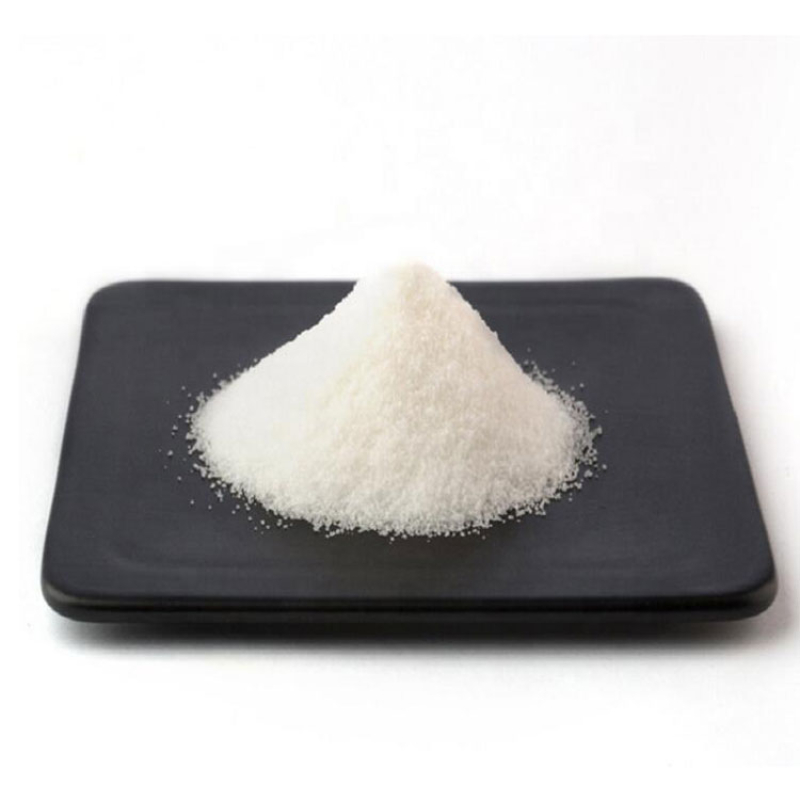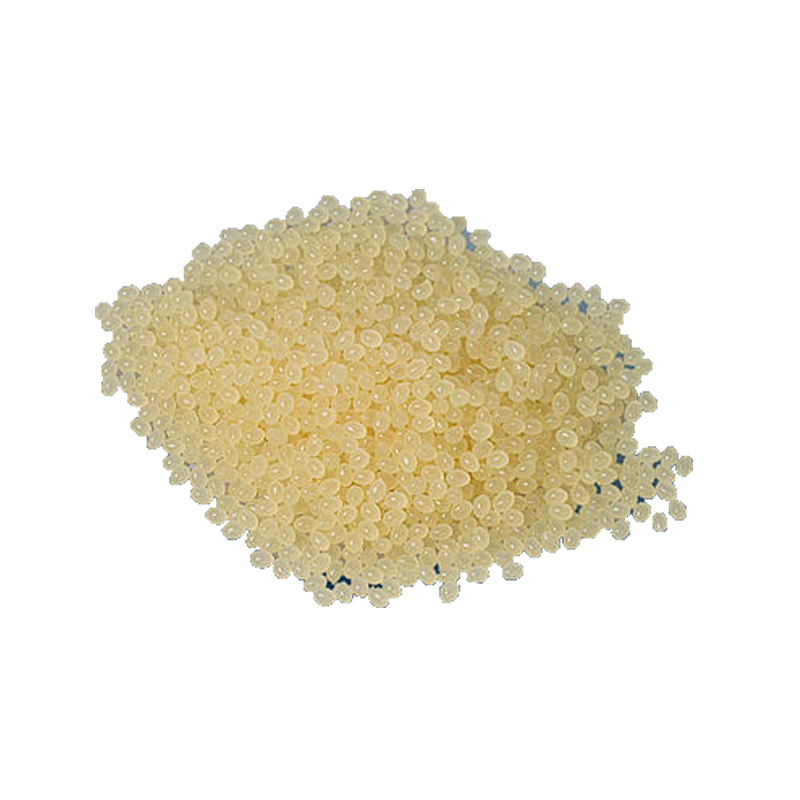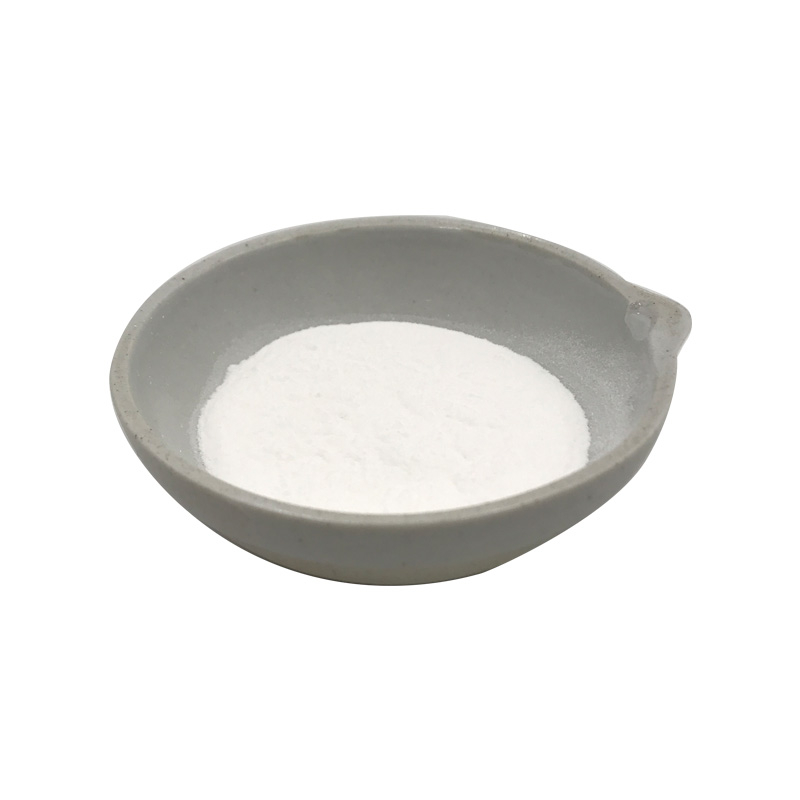Products Description of Monomethylaniline CAS#100-61-8N-methylaniline is the main product in the N-alkyl aromatic amine series and an important intermediate in fine chemicals. Very versatile. my country's first set of production equipment was built with the aid of the former Soviet Union in the 1950s. The products are mainly used to make explosive centralizers and are often used to blend straight-run Chemicalbook gasoline.
Contact Now
Products Description of Meglumine CAS#6284-40-8MeglumineChoosing a suitable counter ion for a drug is particularly important for improving the solubility and bioavailability of the drug. Meglumine (N-methyl-D-glucosamine, MChemicalbookeglumine) is a counter ion widely used to improve the solubility of drugs.
Contact Now
Cyclohexanol, 4,4-(1-methylethylidene)bis-, polymer with (chloromethyl)oxirane CAS#30583-72-3Hydrogenated bisphenol A epoxy resin is mainly used in insulating materials.Cyclohexanol, 4,4-(1-methylethylidene)bis-, polymer with (chloromethyl)oxirane Chemical Propertiesdensity 1.135[at 20℃]vapor pressure 0.002Pa at 20℃Water Solubility 58.6mg/L at 30℃InChIInChI=1S/C15H28O2.C3H5ClO/c1-15(2,11-3-7-13(16)8-4-11)12-5-9-14(17)10-6-12;4-1-3-2-5-3/h11-14,16-17H,3-10H2,1-2H3;3H,1-2H2InChIKeyCSSRVVKVKAJYLJ-UHFFFAOYSA-NSMILESC(C1CCC(O)CC1)(C1CCC(O)CC1)(C)C.C(C1OC1)ClLogP3.84 at 20℃EPA Substan
Contact Now
Calcium beta-hydroxy-beta-methylbutyrate Chemical PropertiesMelting point >215°C (dec.)storage temp. Inert atmosphere,Room Temperaturesolubility Water (Slightly)form Powdercolor WhiteWater Solubility Soluble in water.Stability:HygroscopicInChIInChI=1S/C5H10O3.Ca.2H/c1-5(2,8)3-4(6)7;;;/h8H,3H2,1-2H3,(H,6,7);;;InChIKeyWLJUMPWVUPNXMF-UHFFFAOYSA-LSMILESC(C(=O)O)C(O)(C)C.[Ca]CAS DataBase Reference135236-72-5(CAS DataBase Reference)Safety InformationHS Code 2920907090Product Application of Calcium beta-hydroxy-beta-methylbutyrate CAS#135236-72-5Used as phar
Contact Now
Products Description of 1-Hexadecylpyridinium bromide CAS#140-72-7Cetylpyridinium bromide is a chemical substance with the chemical formula C21H38BrN, the molecular weight is 384.4371, and the EINECS number is 205-428-3.1-Hexadecylpyridinium bromide Chemical PropertiesMelting point 63-69 °Cstorage temp. Inert atmosphere,Room Temperaturesolubility Chloroform,Methanol,Acetone,Ethanol[soluble in]solubility soluble in Chloroform,Methanol,Acetone,Ethanolform powder to crystalcolor White to Almost whiteWater Solubility 5 g/L (20 ºC)BRN 3778948InChIInChI=1
Contact Now
Products Description of 2-Amino-3-Pyridinecarboxaldehyde CAS#7521-41-72-Amino-3-pyridinecarboxaldehyde is a pyridine derivative with significant alkalinity, commonly used in organic synthesis and pharmaceutical chemical intermediates. It can synthesize organic compounds with pyridine skeletons through various chemical reactions such as condensation reaction, cyclization reaction and substitution reaction. It has a wide range of applications in basic chemical research.
Contact Now
Products Description of Sodium hexametaphosphateCAS#10124-56-8This product is a white crystalline powder with a specific gravity of 2.484 (20°C). It is easily soluble in water but insoluble in organic solvents and has a strong hygroscopic function.
Contact Now
Products Description of Guanidinehydrochloride99.5% CAS#50-01-1Guanidine hydrochloride, chemical name is carbamidine hydrochloride, is a white or slightly yellow block, almost insoluble in acetone, benzene and ether. It can be used as an intermediate for medicines, pesticides, dyes and other organic synthesis. It is an important raw material for the manufacture of sulfadiazine, sulfamethylpyrimidine, sulfadimethylpyrimidine and other drugs and folic acid.
Contact Now
Products Description of Melamine-phosphate CAS#41583-09-9White powderMelamine-phosphate Chemical PropertiesMelting point 120 - 122°Cdensity 1.74storage temp. Refrigeratorsolubility DMSO (Slightly), Methanol (Slightly)form Solidcolor WhiteWater Solubility 3.9g/L at 20℃EPA Substance Registry System1,3,5-Triazine-2,4,6-triamine, phosphate (41583-09-9)Factory and Equipment ShowFast delivery timeInventory 2-3 working days New production 7-10 working days
Contact Now
Products Description of Polyisobutylene CAS#9003-27-4Calcium phosphate tribasic (C3161) is plant cell culture tested (0.2 mg/ml) and is appropriate for use in plant cell culture experiments. Calcium phosphate tribasic is utilized to engineer new biomaterials for applications such as bone grafts and fillers. Si-substituted hydroxyapatite (Si-HAp) nanopowder can be incorporated in biodegradable polymer composites or deposited on biocompatible surfaces similar to pure HAp nanopowder (cat. no. 677418).
Contact Now
Products Description of Potassium phosphate CAS#778-53-2Potassium phosphate is a reagent with high buffering capacity, It serves as a buffering agent to regulate pH, Typically used as a component for a wide variety of media used in the culture of microorganisms, as a component in phosphate buffered saline (PBS). It occurs in several forms: monobasic, dibasic, and tribasic (K3PO4). Most pH neutral potassium phosphate buffer solutions consist of mixtures of the monobasic and dibasic forms to varying degrees, depending on the desired pH.
Contact Now
Products Description of Tetrabutylammonium iodide CAS#311-28-4Tetrabutylammonium iodide (TBAI) is a commonly used phase transfer catalyst that can increase the reaction rate or effectively promote a variety of chemical reactions. This reagent can be used as an iodine source to generate the iodide required for the reaction in situ, avoiding the use of some unstable and expensive iodides.
Contact Now
Products Description of Tetrabutylammonium Iodide COA#311-28-4Tetrabutylammonium iodide (TBAI) is a commonly used phase transfer catalyst that can increase the reaction rate or effectively promote a variety of chemical reactions. This reagent can be used as an iodine source to generate the iodide required for the reaction in situ, avoiding the use of some unstable and expensive iodides.
Contact Now
Products Description of Coconut oil CAS#8001-31-8Coconut oil is an oil extracted from coconut pulp (dry pulp contains about 63% to 70% oil). It is a white semi-solid lard-like fat. It has a unique coconut fragrance. The main components are glycerides of lauric acid, myristic acid, and oleic acid. The melting point is 23 to 28°C. The relative density is 0.917 to 0.919 (25/25°C). The saponification value is 250 to 264. The iodine value is 8 to 12. The acid value does not exceed 6. It is soluble in alcohol, chloroform, ether, and carbon disulfide, but insoluble in water.
Contact Now
C18H36O CAS#143-28-2 Product Introduction:Meet Pure Oleyl Alcohol, scientifically identified as C18H36O and registered under the CAS#143-28-2. This Light yellow oily liquid is a critical component in a myriad of industries, offering versatility and reliability.
Contact Now
Products Description of Pyridine hydrobromide CAS#18820-82-1Pyridine hydrobromide is used as an intermediate for cephalosporin antibiotics such as ceftriaxone, cefapirin, and ceftazidime.Pyridine hydrobromide Chemical PropertiesMelting point 200 °C (dec.)(lit.)storage temp. Inert atmosphere,Room Temperatureform powder to crystalcolor White to Light yellow to Light orangeWater Solubility Soluble in water.Sensitive HygroscopicBRN 3615336InChIInChI=1S/C5H5N.BrH/c1-2-4-6-5-3-1;/h1-5H;1HInChIKeyBBFCIBZLAVOLCF-UHFFFAOYSA-NSMILESC1C=CN=CC=1.BrCAS DataBase
Contact Now
Products Description of Poly(tetrahydrofuran)CAS#25190-06-1Polytetrahydrofuran is a white waxy solid that is easily soluble in alcohols, esters, ketones, aromatic hydrocarbons and chlorinated hydrocarbons, but insoluble in aliphatic hydrocarbons and water.
Contact Now
POLY(METHYLSTYRENE-CO-INDENE) CAS#69430-35-9It has good thermal stability and chemical stability, and is not prone to chemical reactions under normal conditions. However, under extreme conditions such as high temperature, strong acid, and strong alkali, its chemical structure may be affected to a certain extent.
Contact Now
Products Description of Poly(dimethylsiloxane)CAS#9016-00-6Depending on the relative molecular mass, the appearance of polydimethylsiloxane ranges from colorless and transparent volatile liquid to extremely high viscosity liquid or silica gel. It has physiological inertness, good chemical stability, electrical insulation and weather resistance, a wide viscosity range, a low freezing point, a high flash point, good hydrophobicity, and high shear resistance. It can be used for a long time at a temperature of 50 to 180°C.
Contact Now
Products Description of POLY(METHYLSILSESQUIOXANE) CAS#68554-70-1White powderPOLY(METHYLSILSESQUIOXANE) Chemical Propertiesdensity 1,08 g/cm3refractive index 1.42Fp >121°Csolubility Insoluble in water.form SolidSpecific Gravity1.08color Clear. White.EPA Substance Registry SystemSilsesquioxanes, Me (68554-70-1)Safety InformationRisk Statements 36/37/38Safety Statements 26-36/37/39TSCA YesFactory and Equipment ShowFast delivery timeInventory 2-3 working days New production 7-10 working days
Contact Now
Products Description of Neopentyl glycol diglycidyl ether CAS#17557-23-2Slightly yellow transparent liquid. Soluble in organic solvents such as ketone and benzene.
Contact Now
Products Description of 5-Bromo-8-nitroisoquinoline CAS#63927-23-1It is a light yellow solid powder at room temperature and pressure.
Contact Now
Ethanol CAS# 71-23-81-propanol is the compound with the hydrogen atom in the propane molecules being changed by way of hydroxyl group. Because the hydroxyl crew can alternative the hydrogen atoms contained in the carbons in the two terminals of carbon chain or center carbon, hence producing two isomers, n-propyl alcohol and isopropyl alcohol.The chemical property of the 1-propanol is comparable to that of ethanol.
Contact Now
Products Description of 3-Amino-4-bromo-6-chloropyridazine CAS#446273-59-23-Amino-4-bromo-6-chloropyridazine is a chemical substance with the chemical formula C4H3BrClN3. 3-Amino-4-bromo-6-chloropyridazine CAS#446273-59-2 Chemical PropertiesBoiling point 385.4±37.0 °C(Predicted)density 1.960storage temp. under inert gas (nitrogen or Argon) at 2–8 °Cpka1.93±0.10(Predicted)form powdercolor Light brown to brownSafety InformationHazard Codes TRisk Statements 25Safety Statements 45RIDADR UN2811HS Code 2933998090Product Application of
Contact Now



































